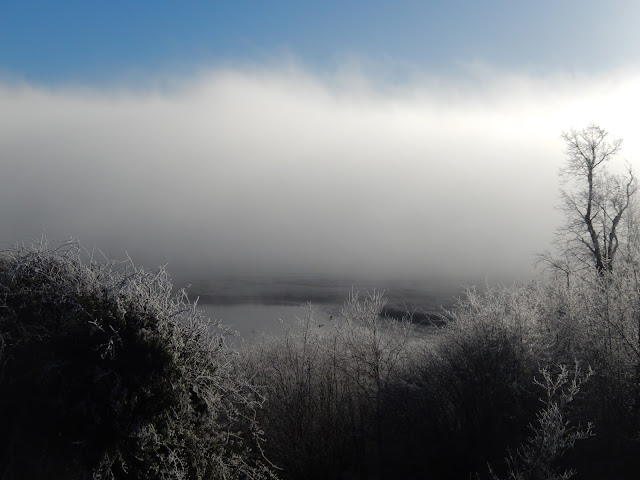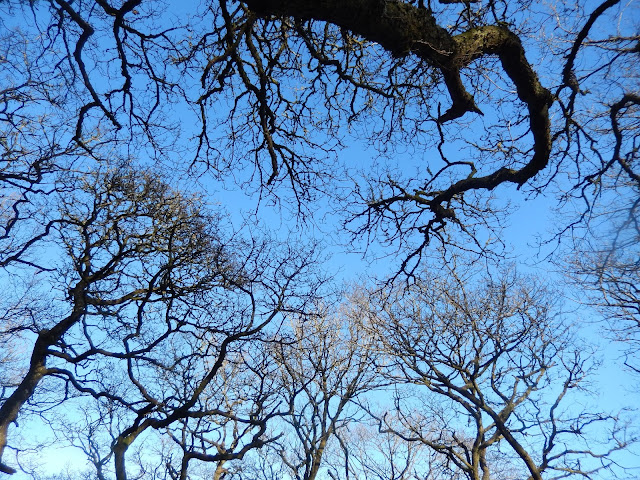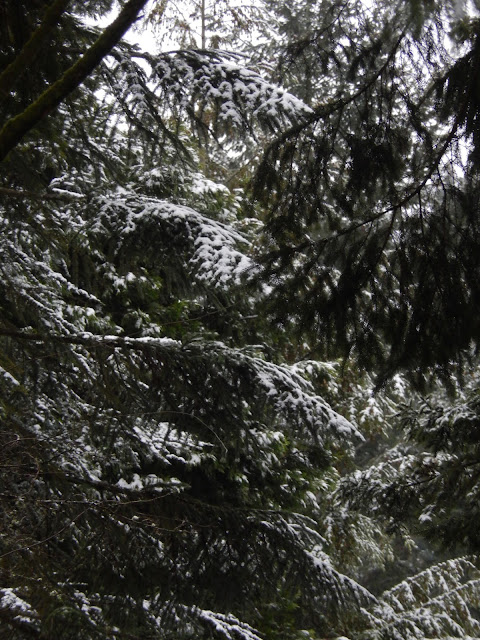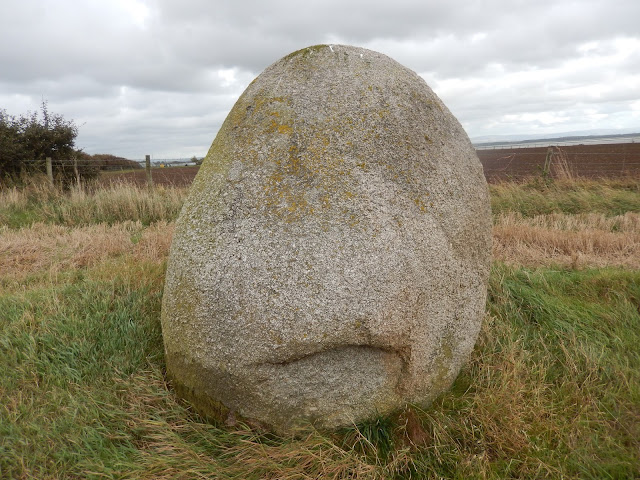I do feel I have set down some roots, however small, in the village and I was saddened to pack my bags, say goodbye to all the friends I made, many of whom came to The Slaters the night before for farewell drinks, and jump in a car to be taken to Machynlleth Station for my train to Birmingham International and the start of my trip home.
Now that I staying in the USA with one of my sons for two weeks, visiting another son, and enjoying the snow, which hasn’t fallen so heavily hereabouts for several years, I want to check my achievements during my residencies against the targets I set myself before I left.
Writing
The main target, naturally enough, related to my novel. I had hoped to complete the third draft before I left. This wasn’t the case. I only completed around 75% of the draft, around 150k words. However, as can be seen from below, I wasn’t exactly relaxing. I managed to write a number of other things.
 |
| New scene cards for the novel |
Novel: 75% (150k)—approximately 7k words/wk, 18 hrs/wk
(counting my five weeks of travelling)
Interdraft Work: 39,771 words
Short Story: One (unexpected)
Poem drafts: 11
Haiku drafts: 36
Blogs: 18
I also ran a poetry workshop at Canterbury Christ Church University, gave a reading at Stiwdio Maelor during the Christmas Open Day in November, and gave a talk to creative-practise PhD students at Aberystwyth University. Even though I didn’t reach my target, I’m happy with what I achieved.
 |
| Night photo of Aberystwyth, taken from Veronica's PhD studio at Aberystwyth University |
Language Immersion
I have been learning Welsh on and off for a number of years on a Tuesday night at The Celtic Club in Melbourne. My level of skill wasn’t too great when I left for Wales, mainly because teaching and writing commitments had meant I hadn’t spent as much time as I would have liked on Welsh practice. During my first residency, I attended some classes and groups and I intended to do the same this time around. I knew I didn’t have a hope of achieving fluency, as I knew others had done by virtually devoting all their time when in Wales to finding opportunities to practice their Welsh, but I did hope to improve in some small way.
 |
| Mist and snow at Llyn Tegid (Lake Bala), during my two-day Welsh course nearby |
Every Monday I attended a class in Dolgellau and every Tuesday morning I joined in Welsh discussion at the Corris Institute café. I also attended several one- and two-day courses, as well as three Noson Siarads, dinners where only Welsh was supposed to be spoken. Although I can’t claim fluency yet, I did find myself holding conversations longer than one or two exchanges and at times felt myself responding automatically in Welsh. I also was complimented on both my accent and my vocab, so I must be doing something right.
 |
| Sky and a dash of sun-stain on the trees |
Landscape Immersion
As with my hope that learning the language will somehow help me with the writing of the book (and connect me with my ancestral roots), I also hoped that experiencing the landscape of Britain would help me create authentic settings for the novel. I visited a number of sites I am using, both in Wales and Scotland, and was in the country long enough to experience late autumn and winter. While in Corris itself, I went for numerous walks and right up to the last week I was discovering new tracks, one of which took me on a three and a half hour ramble. I have learnt about trees, seen red deer, red squirrels and badgers, seen and heard red kites and numerous other birds, climbed mountains, sat next to rivers, walked through snow, wandered around megalithic circles and sat in tombs. I have probably absorbed more than I realise and can only hope the experiences came out in my words at some point.
 |
| Mist over the war memorial of Corris, from the sun melting snow |
 |
| Photo of Llyn Mwngll or Llyn Myngul, more commonly known as Tal-y-llyn |
Finally, there are the people I have met, from the people in the village of Corris to the residents at Maelor I have spent time with. I want to thank them all for being welcoming, friendly, inspirational, supportive, and encouraging. My thanks to the previous manager at The Slaters, Brian, and the current manager, Mike. To Andy and Adam at their café for the great food and coffee and their wifi. To Eleanor, Chris and the other volunteers at the Corris Institute café. To Jan at the post office for her help with my packages to be sent home. To Ellie, Diane, Inge, Beryl and others in the Welsh conversation group. To Bethan Gwanas, my Welsh teacher in the class at Dolgellau, and Mike H, Mike K, Dee, Sue, Laura, David and other fellow students. To Martin for discussions about Cadair Idris legends and Welsh language and poetry. To Hickey, Jane and Kevin, and the other regulars at The Slaters. To Eileen and Arthur, for their lifts into Aberystwyth and conversations about poetry and geology. To Simon and Andrew for conversations about landscape writing. To Lez, for his blacksmith course and his help with my many questions about the craft. To all those residents I met during my residencies—including Freya, Yuki, Chloe, Linda, Beth, Bronwen, Christina, Gwen and Chris, John, and Brett—for the discussions, the pints at the pub, the shared meals, the trips to various sites, and the inspiration and encouragement.
 |
| One night at The Slaters, with Gwen, Chris, Yuki and Bronwen |
Most of all I want to thank
Veronica Calarco, the founder and coordinator of Stiwdio Maelor, for her vision, her persistence (even in trying situations), and her hard work, in creating such a wonderful place for artists and writers to take time out from their normal lives and explore their ‘craft or sullen art’, as Dylan Thomas put it. Most of all, I want to thank her and her partner Mary for their friendship.
In my last days in Corris, many people asked if I’d be back, then said before I could answer, ‘I’m sure you will’. True. I will be back, for I have made many friendships and I find the village and the landscape around it inspirational. I also want Jo to meet everyone and see the sights I love.
Thanks again, Stiwdio Maelor and Corris.
 |
| Corris from near the summit of Mynydd Fron Felen (Mountain of the brown/yellow hillside) |
I hope you enjoyed this post. As always, I welcome your comments.
 |
| Flying over the pole to Seattle |
Cofion Cynnes
Earl


































